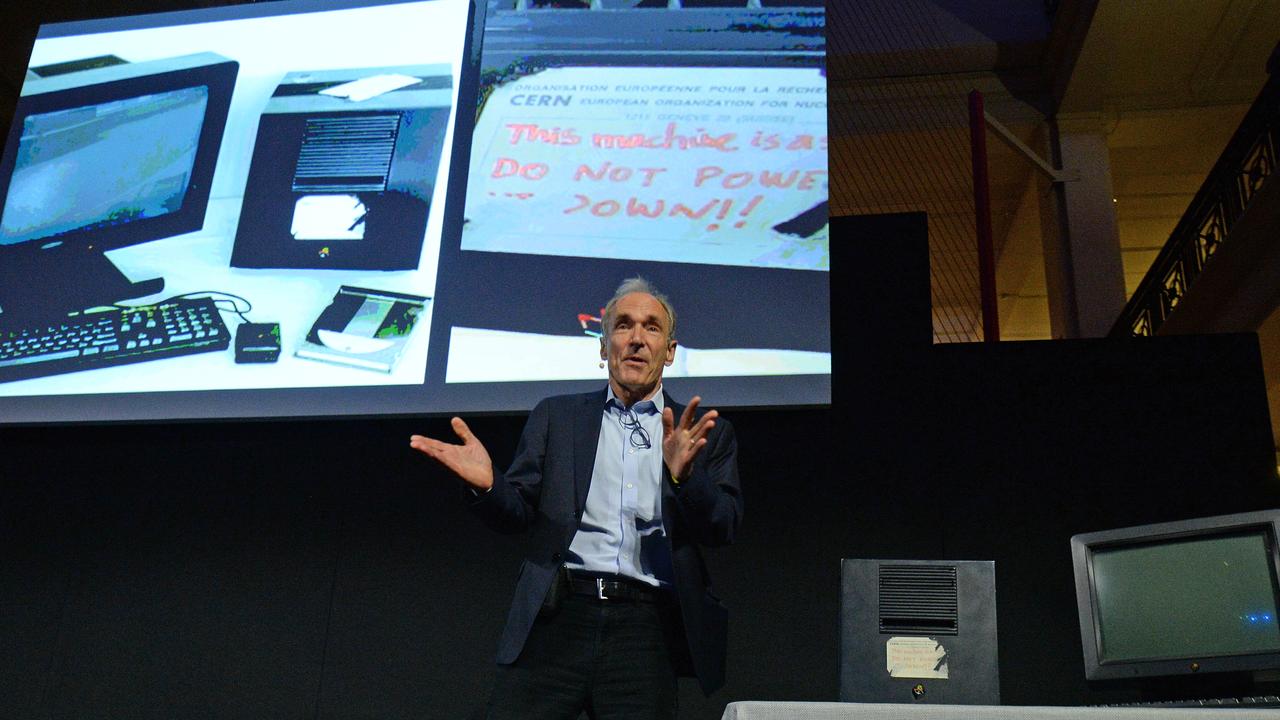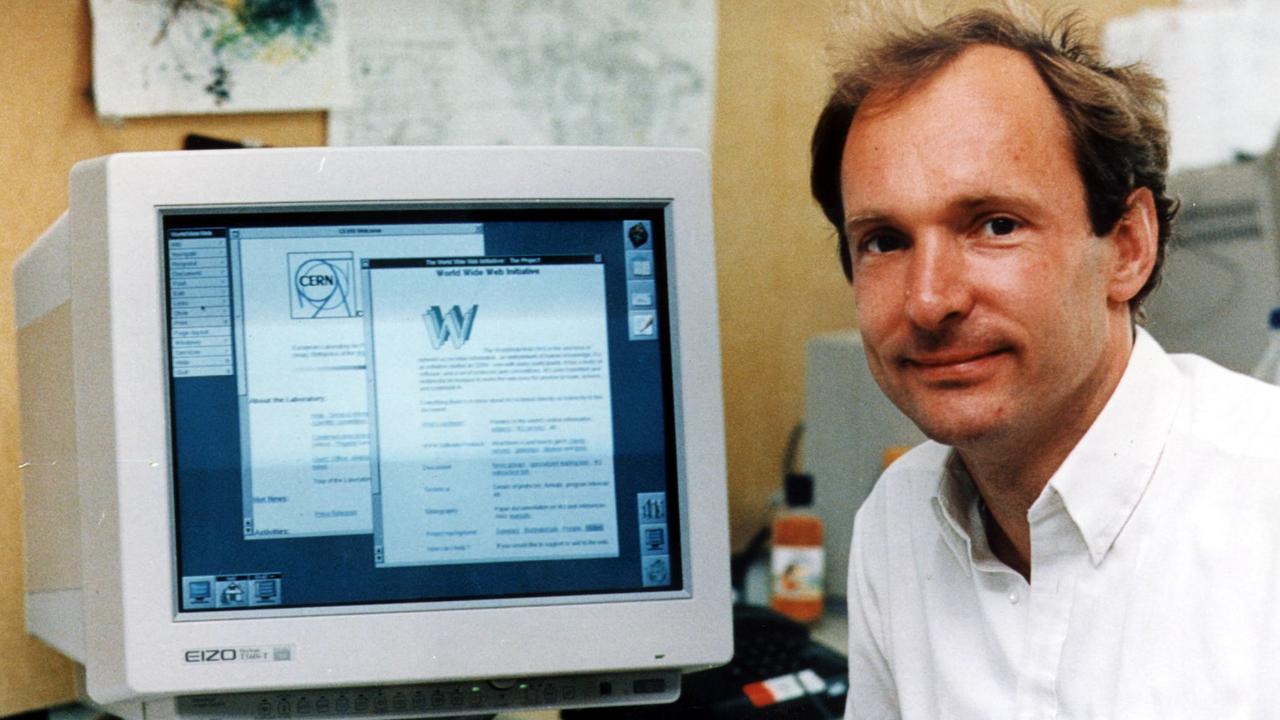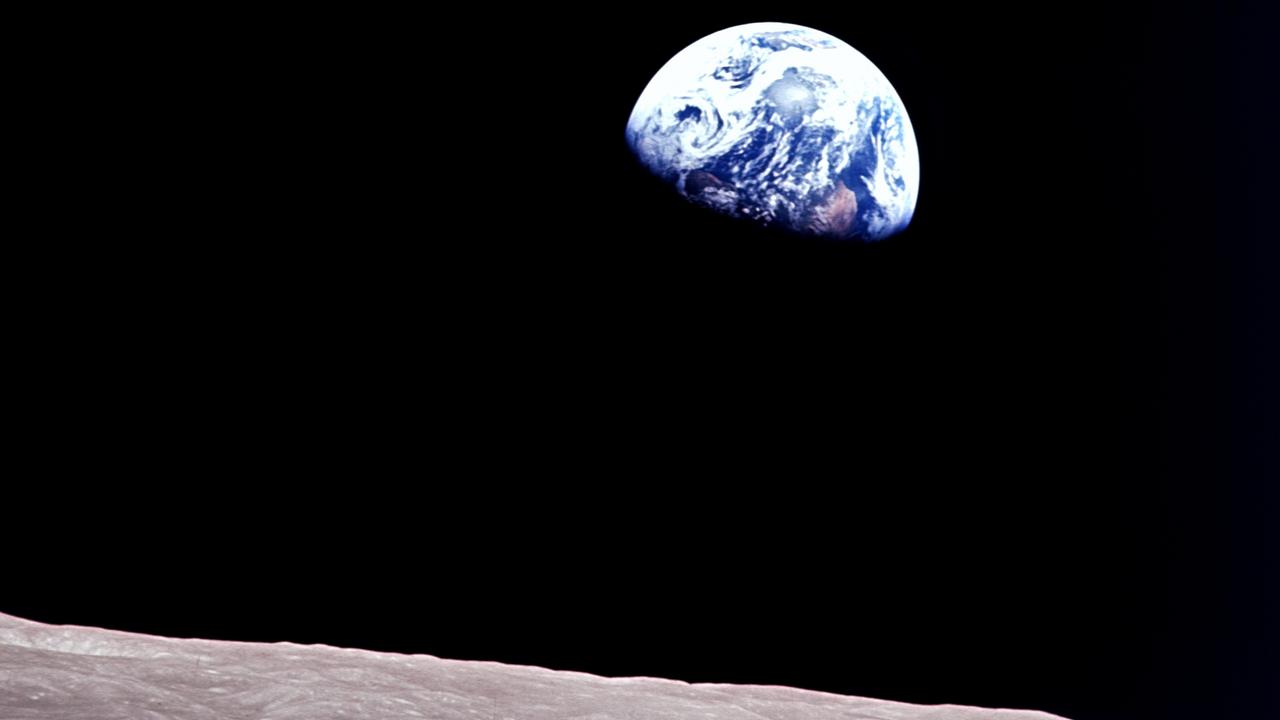The World Wide Web turns 30 this month, a reason for celebration and to plan for a better future
Tim Berners-Lee, inventor of the internet, celebrates and reflects on the achievements and challenges for the future, 30 years on from the internet’s beginnings

READING LEVEL: ORANGE
The internet turns 30 this week.
On March 12, 1989, UK computer scientist Sir Tim Berners-Lee gave his boss a research report called ‘Information Management: A Proposal’. In the report, he described a way of sharing information on computers around the world. He called it the World Wide Web.
His boss scribbled on the report: “Vague, but exciting”.
Sir Tim’s invention very quickly changed the world. Now, there are more than 2 billion websites and about half the world is online. We use the internet to run our lives: at school and work, on our phones, to catch public transport, do the grocery shopping, measure how far we’ve run, watch TV, book a holiday, listen to music and talk to our friends.

Businesses and government rely on it too, for pretty much everything you could possibly think of, from sharing train timetables to registering the birth of a baby to running hospitals, buying and selling goods, transferring money and collecting and sharing school exam results.
Yet Sir Tim isn’t totally happy with how everything has turned out. To mark the invention’s 30th birthday, he issued a letter about how he felt and spoke to journalists about hacking, online harassment, hate speech and misinformation*.
He said: “We’re celebrating, but we’re also very concerned.”

In his open letter, published at webfoundation.org Sir Tim explained why he has mixed feelings about the birthday.
“Against the backdrop of news stories about how the web is misused, it’s understandable that many people feel afraid and unsure if the web is really a force for good,” he wrote.
His letter explained three main areas of concern affecting today’s internet. The first is deliberate, malicious* use of the internet, including hacking, harassment and other online crime. The second is the way in which people and businesses make money out of clickbait* and the viral spread of misinformation. He also worries about the tone and quality of online discussion, for example when people feel it is acceptable to share extreme or hurtful views online.
He asked us to look at how far we have come in 30 years as inspiration for what we can achieve in the future.
“But given how much the web has changed in the past 30 years, it would be defeatist* and unimaginative to assume that the web as we know it can’t be changed for the better in the next 30. If we give up on building a better web now, then the web will not have failed us. We will have failed the web,” he wrote.
Sir Tim wrote that we can’t “just blame one government, one social network or the human spirit.
“The web is for everyone and collectively we hold the power to change it. It won’t be easy. But if we dream a little and work a lot, we can get the web we want.”
WHAT IS THE INTERNET?
It is the connections between computers, smartphones and other internet-enabled devices around the world.
Think of it like a postal service, but instead of sending envelopes and parcels between computers, the internet sends small packets of information. The packets can contain information for an email, a photo, video, sound or the content of web pages, among other things.

The language of the information packets is called TCP/IP (Transmission Control Protocol/Internet Protocol). If your device is on the internet, it has an IP address so information can find it.
The US defence agencies had an early computer network in the 1960s and ’70s.
WHO IS TIM BERNERS-LEE?
He is a modest man who feels like “quite an ordinary person”.
He was born in London on June 8, 1955, to computer scientists Mary Lee Woods and Conway Berners-Lee.
His parents were original thinkers too, working on the first ever commercially built computer, the Ferranti Mark 1.
As a child Sir Tim was a keen trainspotter, learning about electronics from playing with model trains.
He studied physics at Queen’s College in Oxford, UK. While at college he created a computer out of an old TV.
At the European Organisation for Nuclear Research (CERN), in Switzerland, he worked on a project based on the concept of hypertext* to help sharing information among researchers.
Sir Tim also created the first web browser and editor.

The world’s first website, http://info.cern.ch was launched on August 6, 1991. This site explained the World Wide Web and gave users an introduction to getting started with their own websites.

He was honoured at the 2012 London Olympics opening ceremony, at which he appeared working with a vintage computer at the London Olympic Stadium. He tweeted* “This is for everyone”, which instantly was spelled out in LCD lights attached to the chairs of the 80,000 people at the ceremony.
In 2016 he joined Oxford University, UK, as a researcher.
VIDEO: In 30 years, the internet has grown from a simple network to share information, to connecting everyone and almost everything, even toothbrushes
GLOSSARY
- misinformation: lies, especially those presented as truths
- malicious: intending to harm
- clickbait: there just to attract attention
- defeatist: accepting defeat too easily
- hypertext: text on a computer that links to other text
- tweeted: sent a message on social media platform Twitter
EXTRA READING
Australia under attack from cyber hackers
Hackers good and evil tale of technology
New job for Australia’s first computer
Call to ban smartphones in schools
QUICK QUIZ
- What year did Tim Berners-Lee share his idea for the internet?
- Describe one of the problems with today’s World Wide Web that Sir Tim lists.
- Complete this quote for the future of the internet: “But if we dream a little …”
- What did Sir Tim study when he went to university?
- What did Sir Tim do at the London Olympics?
LISTEN TO THIS STORY
CLASSROOM ACTIVITIES
1. A World Without the net
What would life be like without the internet? Write a description of how your everyday life would be different if the internet did not exist.
Time: allow 25 minutes to complete this activity
Curriculum Links: English
2. Extension
Write a list of actions that you think that governments, communities and everyday people like you can take to help solve the problems that Tim Berners-Lee has described.
Time: allow 20 minutes to complete this activity
Curriculum Links: English, Civics and Citizenship
VCOP ACTIVITY
After reading the article, with a partner, highlight as many connectives as you can find in pink. Discuss if these are being used as conjunctions, or to join ideas and create flow.
HAVE YOUR SAY: Describe your vision for the internet of the future. What will it do? Which of its current problems are most important to fix?
No one-word answers. Use full sentences to explain your thinking. Comments will not show until approved by editors.

